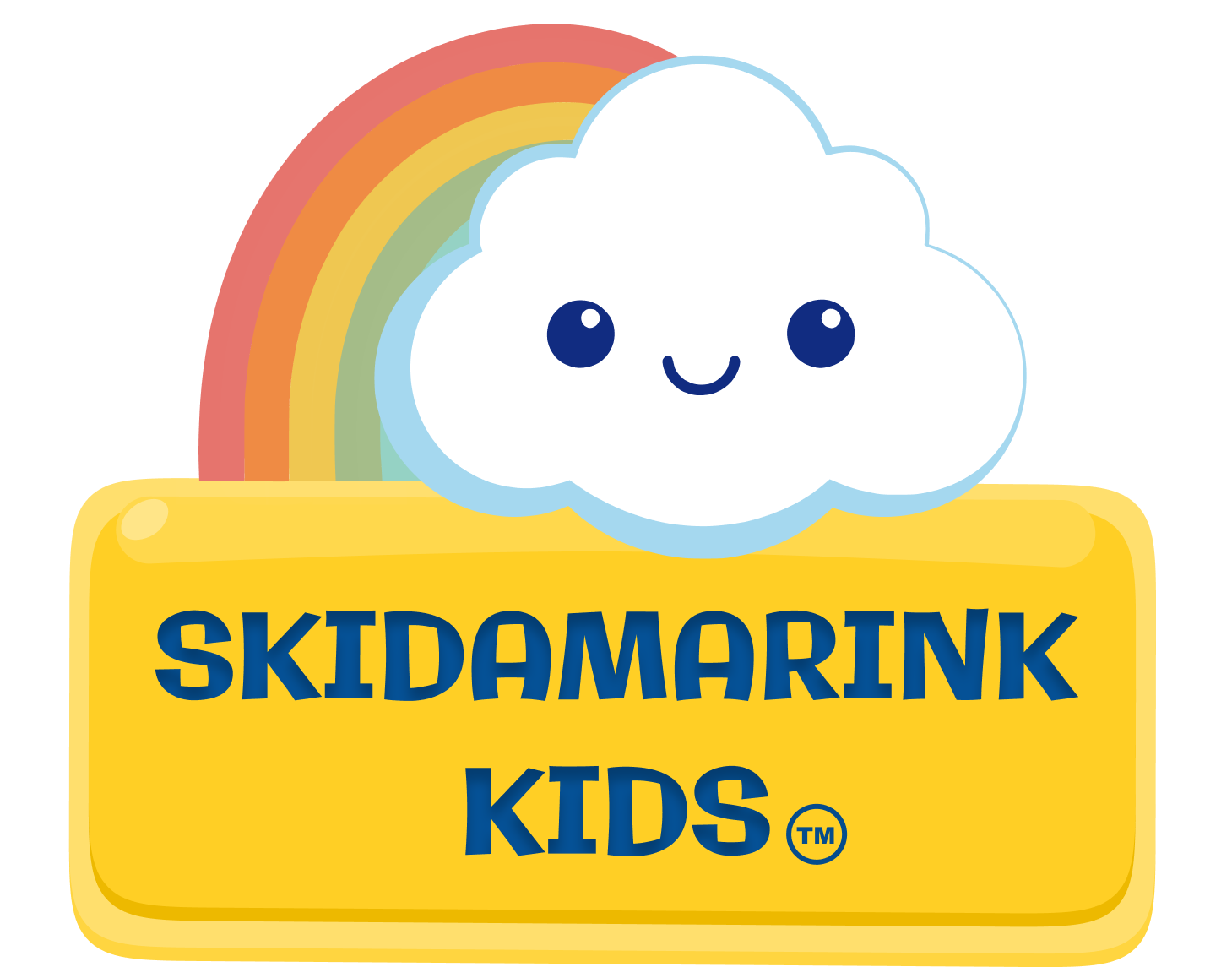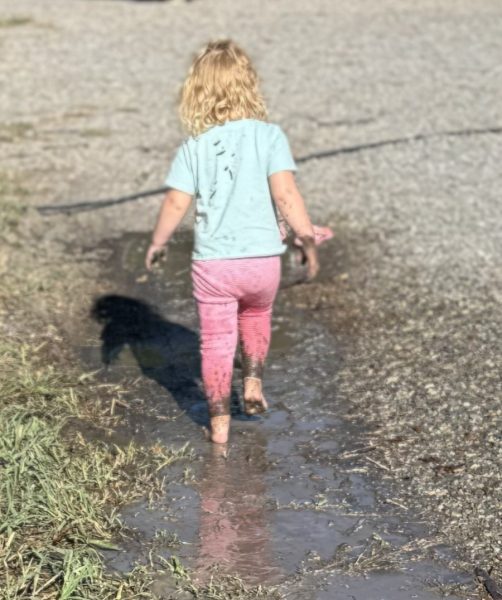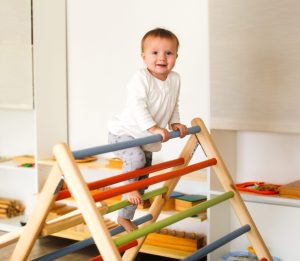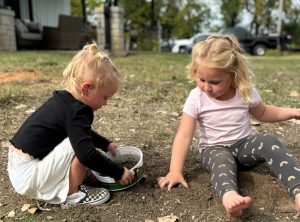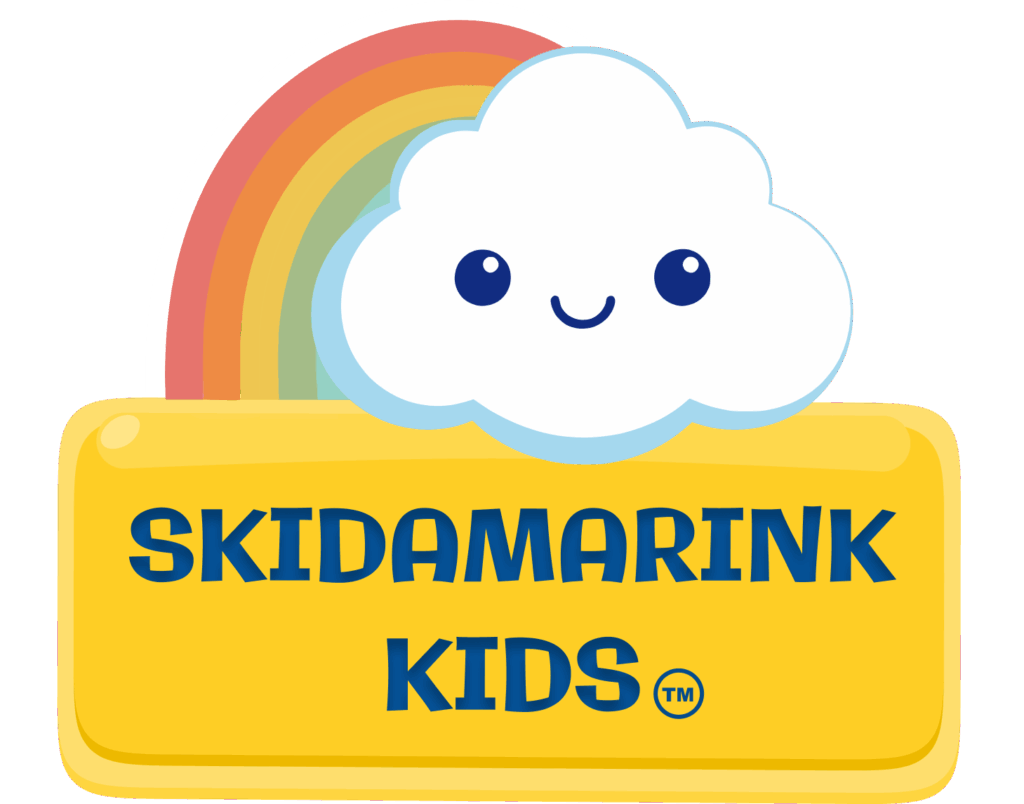Ever notice how your child seems calmer and happier after playing outside? There’s real science behind that transformation! Understanding outdoor play benefits for kids helps explain why nature time isn’t just nice to have. It’s essential for healthy development.
When children engage with nature, they activate multiple developmental pathways at once. As a result, this creates a rich environment for growth that indoor settings simply cannot match. The outdoor play benefits for kids extend far beyond fresh air and exercise. In fact, they positively impact several areas of development including brain balance, sensory integration, and emotional wellbeing.
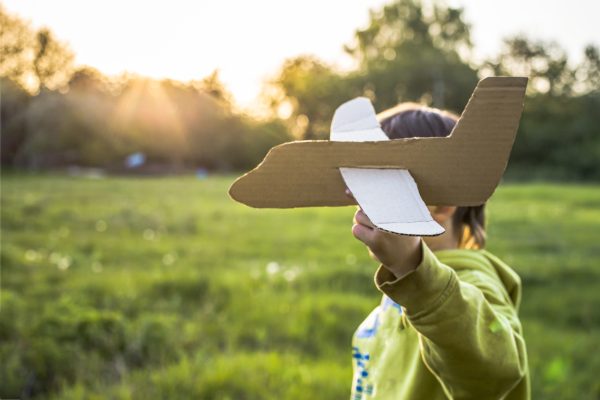
Why Your Child Needs More Outside Time
Many children today aren’t getting enough outdoor play. Therefore, changes in how we parent, fears about safety, packed schedules, and increased screen time all contribute to kids spending less time in nature. Consequently, this shift is affecting children’s developing brains in ways we’re just beginning to understand.
As we explored in Child Behavior Problems: How Modern Play is Failing Kids the way children play has dramatically changed. Basically, kids need adequate movement, sensory experiences, and unstructured time outdoors for their brains to develop properly. Otherwise, when we skip these essential experiences, we may accidentally contribute to attention problems, sensory issues, developmental delays, and difficulty with self regulation.
Understanding Outdoor Play Benefits for Kids and Brain Balance
Here’s something powerful most parents don’t realize. First of all, the outdoor environment naturally supports brain balance in ways indoor play cannot replicate.
Our brains have two hemispheres that need to work together smoothly. Specifically, the right side acts as our “brake pedal.” It helps us pause, feel calm, and regulate our emotions. Meanwhile, the left side is our “gas pedal.” It drives focus, details, and academics. Children need both sides working in harmony for healthy development.
The Problem With Modern Childhood
Modern life tends to overstimulates the left side of the brain while under developing the right side of the brain. For example, early academics, screens, structured activities, and limited movement all push left brain development too soon. As a result, this creates brain imbalance that shows up as behavior challenges, attention struggles, and difficulty managing emotions. Additionally, it causes delays in motor skills and speech. To understand more, check out my blog, Why Your Child Can’t Self Regulate: The Hidden Brain Issue, for more details on how brain balance is important for kids to develop impulse control skills.
How Nature Time Supports the Right Brain
Nature time directly activates and strengthens the right side of the brain. For instance, looking up at the blue sky, running in the grass, and taking in the big picture view of outdoor spaces all engage right brain activity. In contrast, this is opposite of looking down at screens, focusing on details, and fine motor toys that focus on patterns and teaching early learning skills that primarily activate the left brain.
Although these are important skills to develop, it is critical that the right side of the brain establishes a good foundation first. Think of it like building a house. You need a solid foundation before you add the walls and roof!
Movement on uneven natural surfaces requires the right brain’s body awareness systems. Similarly, climbing trees, balancing on logs, and navigating rocky paths all build balance, problem solving and strength. These experiences help children develop the “brake pedal” side of their brains for impulse control and managing emotions.
How Much Time Do Kids Need Outside?
Children need adequate time outside for their bodies to fully control themselves. If you cut outdoor time too short, they might have extra energy they didn’t have time to burn off. Consequently, this can lead to more challenging behavior indoors.
Aim for at least 40 to 60 minutes of outdoor play twice daily. However, research shows children benefit from several hours a day. I know this seems difficult in our busy schedules. Shifting things to make their life easier and more fun, is worth it for whole family. We often separate learning from outdoor play, yet it is a perfect combination. God designed us all to be outside. Think about all the time and energy spent dealing with behavior challenges and lack of motivation. Trading some of this time connecting with your child and nature is one of the best things you can do.
Powerful Outdoor Play Benefits for Kids
Nature time delivers developmental benefits across every area of growth. Let me break down the major outdoor play benefits for kids:
Vision and Sensory Growth
Natural light and varied visual stimuli strengthen eye development. For instance, looking at distances outdoors helps prevent near sightedness. Additionally, tracking birds, watching leaves move, and following clouds all build visual motor skills. The outdoors provides endless sensory experiences with sights, sounds and opportunities to move our bodies.
Body Awareness and Motor Skills
Uneven surfaces develop balance and core muscles for coordinated movements. Exploring nature provides endless ways to move. Moreover, navigating natural terrain enhances proprioception. Children learn where their body is in space and how to control their movements with confidence.
Creativity and Problem Solving
Open ended natural materials spark innovative thinking. For example, a stick becomes a sword, a fishing pole, or a magic wand. Meanwhile, natural obstacles provide learning opportunities. Children figure out how to climb over logs, cross streams, and navigate challenging terrain.
Emotional Regulation
Nature exposure naturally lowers stress hormones. Therefore, anxiety decreases when children spend time outdoors. The calming effect of natural environments helps children practice self control in low pressure settings.
If you’re looking for more ways to support managing emotions, check out How to Calm Child Naturally: Brain Based Strategies for techniques you can use both indoors and out.
Social Skills
Shared outdoor adventures foster cooperation and communication. Specifically, children learn to work together, take turns, and navigate conflicts in natural settings. These experiences help children gain empathy and foster social connections.
Immune System
Exposure to beneficial microbes boosts the immune system. Additionally, fresh air and natural elements strengthen the body’s defenses. Children who play outside regularly tend to be healthier overall. Keeping kids indoor in sterile environments including anti-bacterial soaps and cleaners can negatively affect their immune systems. Kids need to be exposed to beneficial bacteria for gut and immune health.
Focus and Attention
Natural settings reduce too much stimulation while increasing interest. In fact, the gentle stimulation of nature helps organize the nervous system. Children often show better attention after outdoor play.
Touch Sensitivity
Varied natural textures help normalize sensory responses. For instance, grass, sand, rocks, rain, and wind all provide important touch input. This helps children who struggle with touch sensitivity become more comfortable with different textures.
The Sensory Power of Nature Time
Outdoor play engages all senses in powerful ways that support brain development. Here’s how:
Touch: Grass, sand, rocks, rain, wind. Natural textures build sensory processing abilities that help children regulate their responses to touch. Picking up varied objects with different weights (ex: rocks) helps us learn to grade our pressure. This helps children who often grab people, objects and animals to roughly how to use a softer touch. Tactile (touch) experiences help regulate our moods and are great for calming as well.
Sight: Colors, shapes, movement, visual tracking. The varied visual input strengthens visual perception and helps prevent vision problems. Natural lighting is great for calming the nervous system.
Sound: Birds, trees, water, natural echoes. These sounds develop auditory discrimination without the harsh quality of electronic sounds.
Smell: Fresh air, flowers, earth, grass. Natural scents build memory and emotional connections. Your stronger smells such as cedar wood stimulate the right side of the brain for calming.
Movement: Uneven surfaces, climbing, exploring. These experiences develop balance and body awareness systems that are the foundation for everything else.
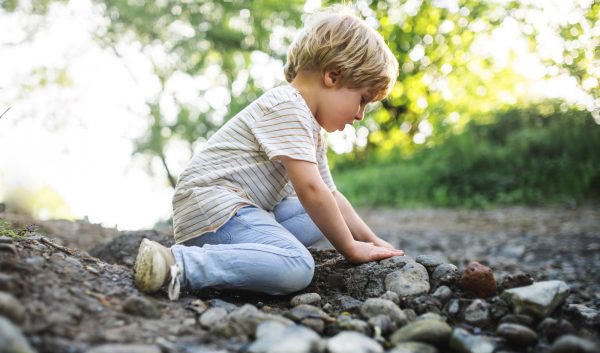
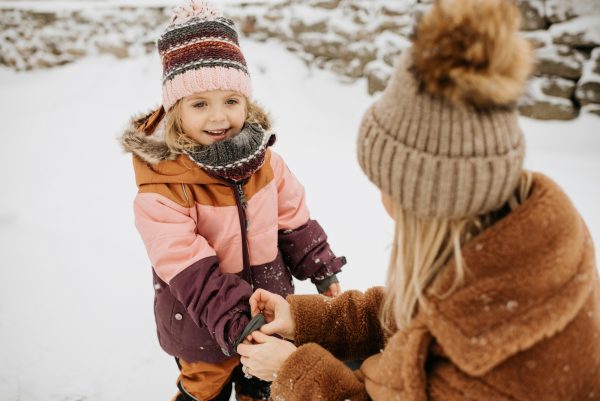
Preparing for Year Round Nature Time
A little preparation makes outdoor play enjoyable in every season. Consequently, you’ll be more likely to get outside consistently!
Spring Essentials: Rain boots, light jackets, wind hats. Embrace puddles and spring breezes! The varied weather provides rich sensory experiences.
Summer Preparation: Sun protection clothing, light layers, barefoot play. Harness sunshine safely while allowing direct contact with natural elements.
Fall Adventures: Layered clothing, water resistant wear. Explore changing seasons comfortably while experiencing different textures and temperatures.
Winter Discovery: Warm coats, waterproof gloves, snow boots. Discover winter’s unique play potential and sensory experiences.
Safety Essentials for Powerful Outdoor Play
- Early morning sun is particularly beneficial; use sun protective clothing as needed
- Apply appropriate bug protection (check for harsh chemicals) for your region
- Bring extra clothes for unexpected weather changes or messy exploration
- Ensure proper hydration with easily accessible water
- Carry a basic first aid kit for minor scrapes
- Teach safe risk assessment as a valuable life skill
Essential Nature Time Activities
Simple No Cost Activities
- Nature scavenger hunts
- Puddle jumping, rock collecting and sorting
- Leaf identification and crafts
- Cloud watching and imagination games
- Stick building and construction
- Mud play and sensory exploration
- Nature art with found materials
- Stream walking and water discovery
- Hill rolling and spinning in circles for vestibular stimulation
Adventure Activities
- Beach or lake play with sand and water elements
- Barefoot grass walking for sensory integration
- Snow play for unique sensory experiences
- Tree balancing for core strength development
- Sandbox exploration for fine motor skills
- Rock skipping for hand eye coordination
- Water play for sensory regulation
- Natural climbing for strength and confidence
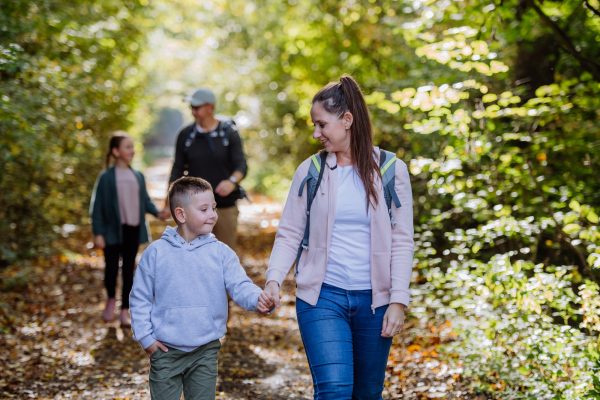
Family Connection Activities
- Park explorations with varied equipment
- Nature hike “I Spy” games
- Camping trips (even backyard camping works!)
- Kite flying for visual tracking
- Sports activities modified for all ages
- Freeze tag and chase games
- Dog walking as a family responsibility
- Swimming for full body coordination
- Evening family walks for daily connection
- Weekend bike rides for endurance building
- Yard work together such as raking and jumping in leaves
Supporting Powerful Exploration
Stay calm about minor scrapes. They’re learning opportunities that build resilience and body awareness. I know it’s hard when they fall, but resist the urge to panic!
Welcome the mess as part of essential sensory learning. The touch experiences children get from mud, dirt, and water are irreplaceable for sensory development. Yes, this means more happens. But the benefits are worth it!
Encourage appropriate risk taking for confidence building. Letting children climb, balance, and test their limits helps them develop good judgment and self trust. You’re teaching them to assess risk, not avoid it entirely.
Join in the exploration to model curiosity. When parents model an active lifestyle and demonstrate engagement with nature, children naturally develop healthy movement habits. Plus, it’s fun for you too!
Make outdoor time a daily priority, not an occasional option. Consistency matters more than perfection. Even 15 minutes outside can make a difference. Think of it like brushing teeth – just part of the daily routine.
Model outdoor enthusiasm regardless of weather conditions. Your attitude about being outside shapes your child’s relationship with nature. If you complain about rain, they will too!
Indoor Nature Power
Rainy Day Options
When outdoor play isn’t possible, bring nature’s benefits inside. Here are some alternatives:
Movement Activities:
- Dance parties with nature themes
- Kid friendly yoga incorporating animal poses
- Tunnel crawling for vestibular stimulation
- Fort building with natural materials when possible
- Obstacle courses mimicking outdoor challenges
- Running and crashing into piles of cushions for proprioceptive input
- Indoor playground visits for large motor movement
Nature Elements Inside:
- Living plants for air quality and natural elements
- Fish tanks or aquariums for visual tracking
- Nature sounds for auditory processing
- Nature videos of beaches or rivers for visual calm

Remember These Key Points About Outdoor Play Benefits for Kids
Outdoor play is essential for healthy development, not optional. In addition, nature provides unique learning opportunities that cannot be replicated indoors. Furthermore, every weather offers different play possibilities and learning experiences.
A little preparation makes outdoor time more enjoyable for everyone. Moreover, the developmental benefits far outweigh the extra packing and laudry! Trust me on this one.
Let your children explore, get messy, and connect with nature. They’re building crucial skills while having fun. As the saying goes, “There’s no such thing as bad weather, only inappropriate clothing.”
With the right preparation and attitude, outdoor play can be a year round adventure that supports your child’s growth and development. The key is making nature time a fun, essential part of each day! The outdoor play benefits for kids are too important to skip.
Want to Learn More Ways To Support Your child?
Check out our blogs Moving to Grow: Why Movement and Play Matter for Your Child’s Development and Moving to Grow: Movement and Play Activities for Development for more ways to support your child’s growth.
“Balanced and Barefoot” by Angela J. Hanscom is an excellent resource for great insights on movement and outdoor play.
Want more ideas? Ask your local nature community center about family programs or connect with other parents for outdoor playgroups!
– Kendra
Need Easy Ways to Get Your Kids Moving?
The Tantrum Tamer App gives you expert quick tips, fun play activities, and a daily schedule that makes movement and sensory play effortless for your busy family.
